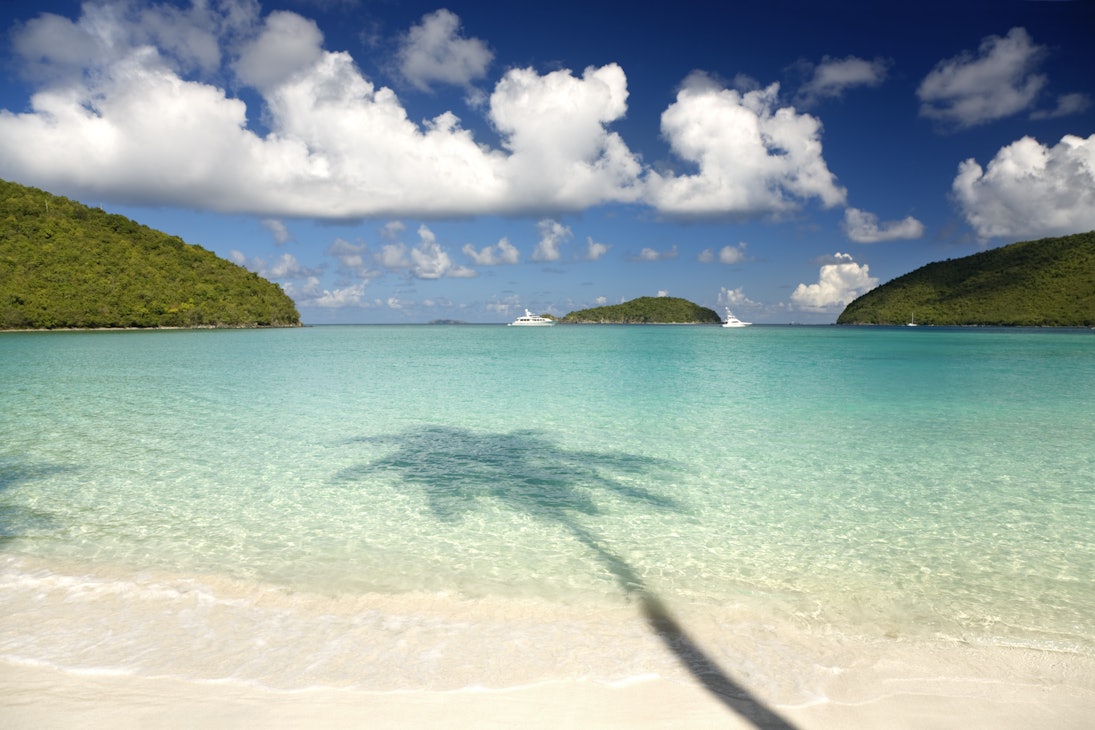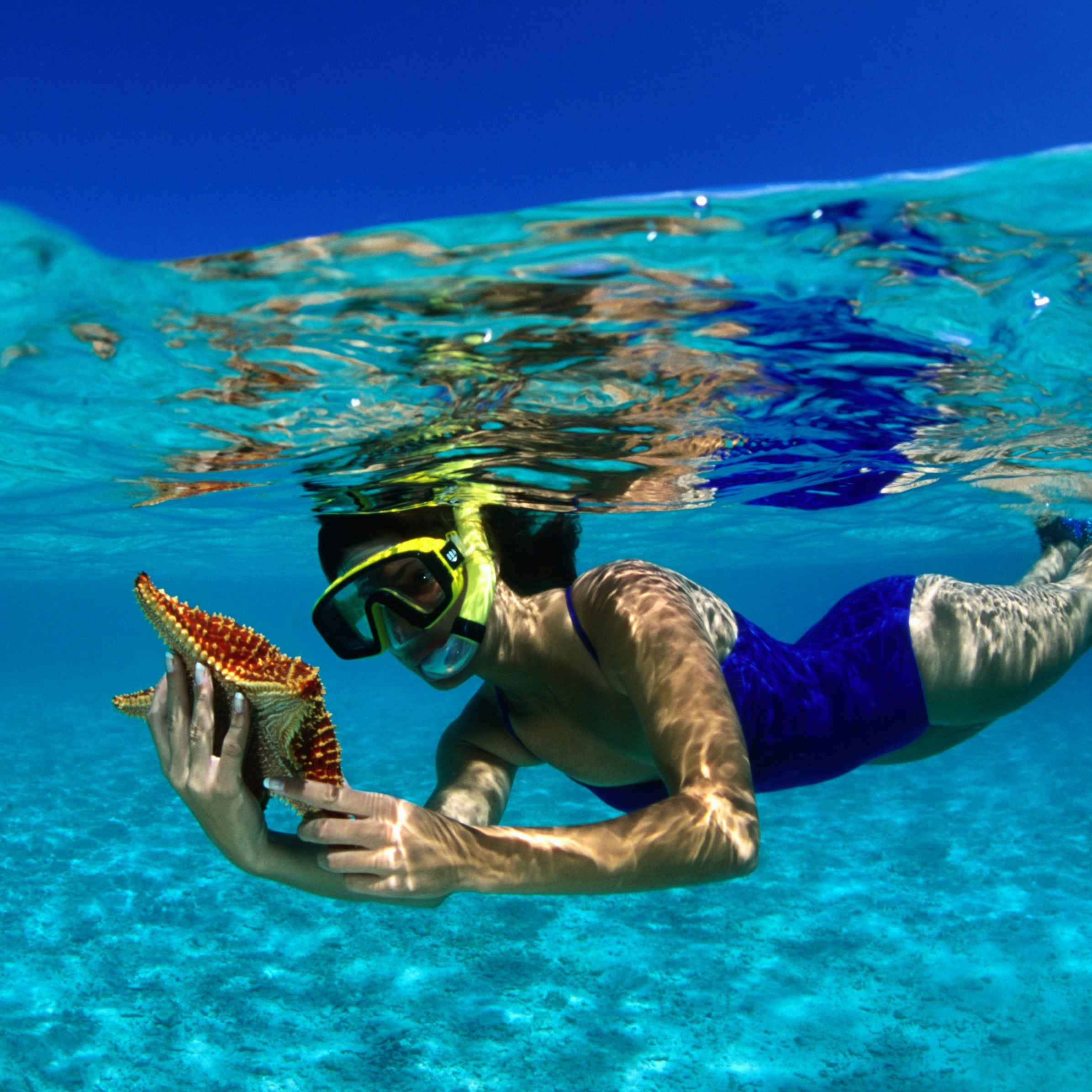

Getty Images
Overview
Hmm, which of the US Virgin Islands (USVI) to choose for hammock-strewn beaches, conch fritters and preposterously blue water? Easy: any one, though each differs in personality. St Thomas has more resorts and water sports than you can shake a beach towel at and is the most developed island, with dizzying cruise-ship traffic. St John cloaks two-thirds of its area in parkland and sublime shores, ripe for hiking and snorkeling. It leads the way in environmental preservation and draws a more outdoorsy crowd. The largest Virgin, St Croix, pleases divers and drinkers with extraordinary scuba sites and rum factories. It's the furthest-flung island and offers the greatest immersion in local life. Wherever you go, get ready for reggae rhythms, curried meats and mango-sweetened microbrews. These are US territories, but they feel a world away.
Plan your trip with Guide, an AI travel planner!
Create a personalized trip itinerary in seconds using artificial intelligence.
Must-see attractions
Planning Tools
Expert guidance to help you plan your trip
Best Things to Do
The US Virgin Islands may be an American territory, but it feels a world away with a wide variety of activities you won’t find on the mainland.
Read full article
in partnership with getyourguide









